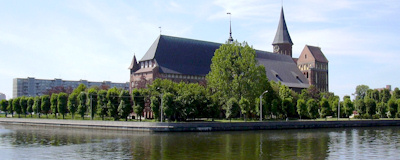

One can’t but mention that regardless some limitations caused by the general social and political climate in the country, one can observe a number of positive tendencies in public space development in the city. In some cases the possibilities for public participation widen and, thus, the need for public space grows. During the last five years there emerged new and quite open public spaces (e.g. privately owned Club Kvartira, Reporter Club) or existing spaces were appropriated by specific groups (e.g. bikers and racers at Ploshad Pobedy in the evenings), but certain communities (e.g. pensioners, migrant workers) still hardly find a way to fully enjoy their rights for public space and are often marginalized.
As far as public space, both physical and virtual, is concerned in general, one experiences a lack of procedures and platforms for voicing and negotiating interests of various social and political groups, lack of space for public debate and critical reflection.
Therefore “Going public: on the possibility of a public statement” focusing on public space as well as critical reflection and analysis of various concepts of the public is very relevant to the local context. It also corresponds to the programming priorities of the Baltic Branch of the National Centre for Contemporary Arts, that has been active in the field of public art since the late 1990s, mainly focusing on heritage and identity related issues.
Yulia Bardoun
